Choosing the right roofing material is crucial for homeowners, impacting durability, aesthetics, maintenance, cost, and energy efficiency. Options include affordable asphalt shingles, durable metal roofing, elegant slate, durable tile, and more. Consider these factors for long-lasting, cost-effective, and visually appealing roofs.
In this guide, we’ll provide you with information on different roofing materials so that you can make an informed decision about the best option for your home. Read on to learn more about understanding different roofing materials and the factors you should consider before making a choice.

Understanding the Importance of Different Roofing Materials
Roofing is one of the most significant elements of a building’s structure, protecting the occupant’s safety and comfort. Understanding the importance of different roofing materials is paramount as it plays a crucial role in providing a durable and long-lasting roof.
Each roofing material comes with specific benefits and disadvantages, and selecting the right one for your property can make a world of difference. For instance, asphalt shingles are a popular choice for their affordability and ease of installation.
Metal roofing is another option that has excellent durability and is eco-friendly. Tile roofing is attractive but easily damaged by impact. By selecting the right roofing material, you can reduce your energy costs and ensure the safety and longevity of your home’s structure.

Types of Roofing Materials
Asphalt shingles
Asphalt shingles are a popular choice for roofing materials due to their durability, affordability, and versatility. These shingles consist of a fiberglass base coated with asphalt and topped with ceramic granules for added protection against the elements.
Not only do asphalt shingles come in a wide range of colors and styles to fit any aesthetic, but they also have a lifespan of up to 30 years with proper maintenance. Additionally, asphalt shingles are easy to install and repair, making them a convenient option for homeowners and contractors alike.
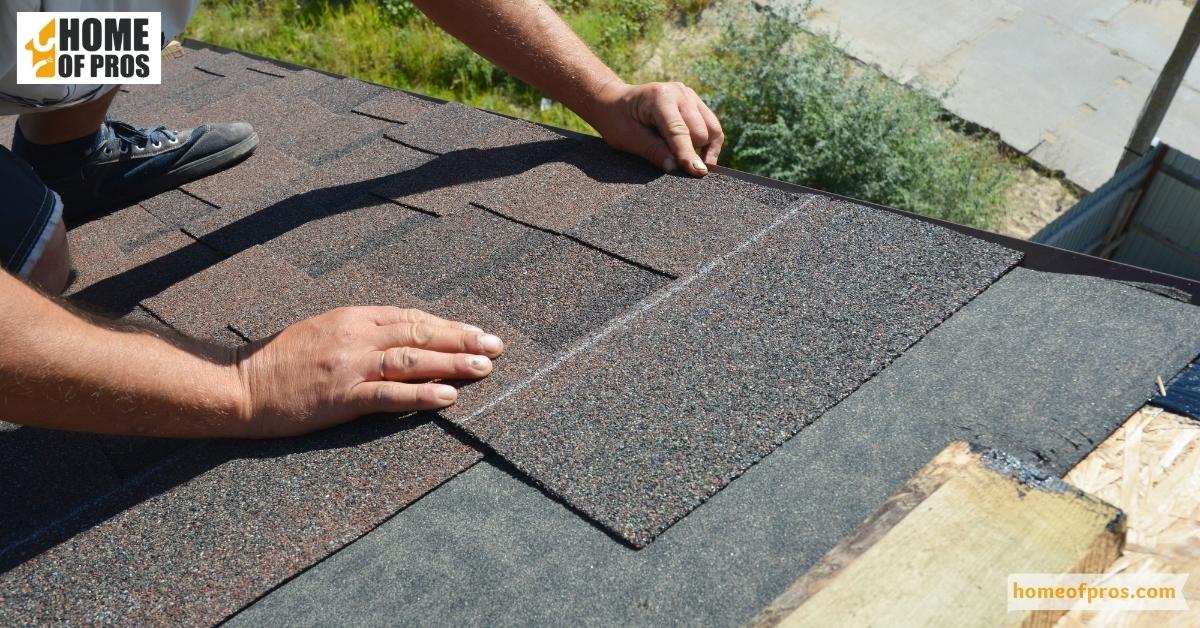
Metal roofing
Metal roofing is becoming an increasingly popular choice for homeowners and businesses alike. This is due to its many benefits, such as durability, longevity, and energy efficiency. Unlike other materials that deteriorate over time, metal roofing can last up to 50 years or more with minimal maintenance.
Additionally, it reflects heat from the sun, which helps to reduce cooling costs during the hot months. These benefits make metal roofing a smart investment for those who want a long-lasting, cost-effective roofing material. When properly installed, it can provide a sleek and modern look that enhances the overall aesthetic of any property.
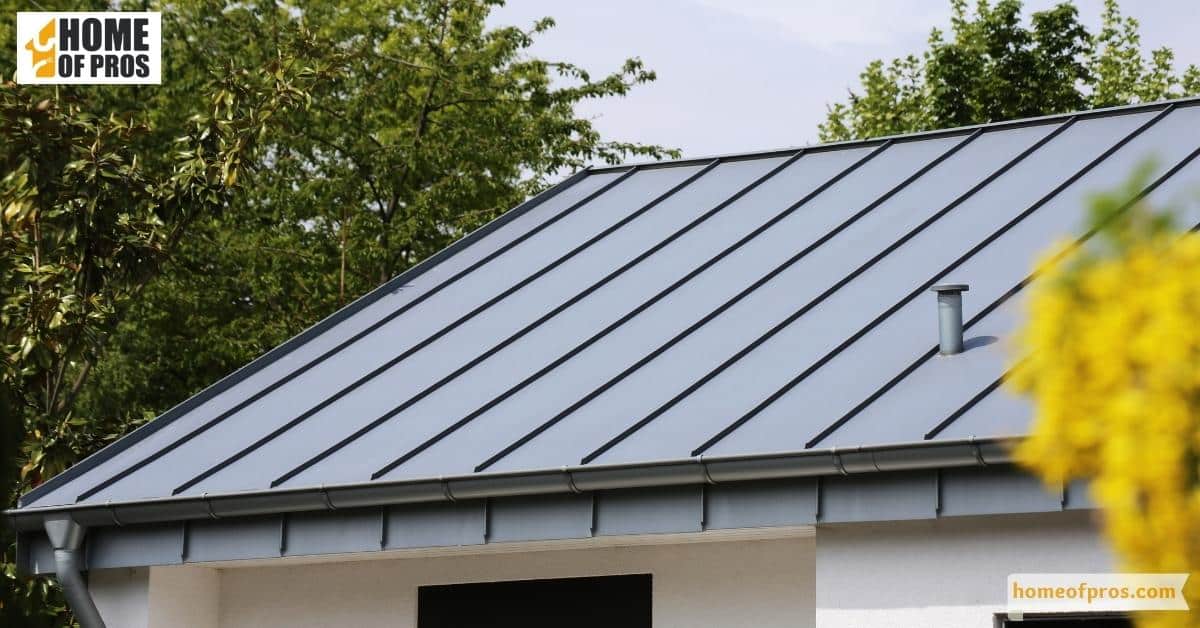
Slate roofing
When it comes to selecting roofing materials, homeowners undoubtedly have a plethora of options to choose from. However, one material to seriously consider is slate roofing. The natural stone material is renowned for its durability and longevity, often lasting up to 100 years or more.
In addition, slate roofing is fire-resistant, making it an ideal choice for homes located in areas prone to wildfires. Its unique appearance can add an elegant touch to any home, enhancing its overall curb appeal. While the initial cost of installing slate roofing may be higher than other materials, the investment is well worth it in the long run.
A slate roof can increase the value of a home and, thanks to its long lifespan, will save homeowners money on costly repairs or replacements down the road. So, for those seeking a roofing material that is both functional and visually appealing, slate roofing should certainly be a top contender.
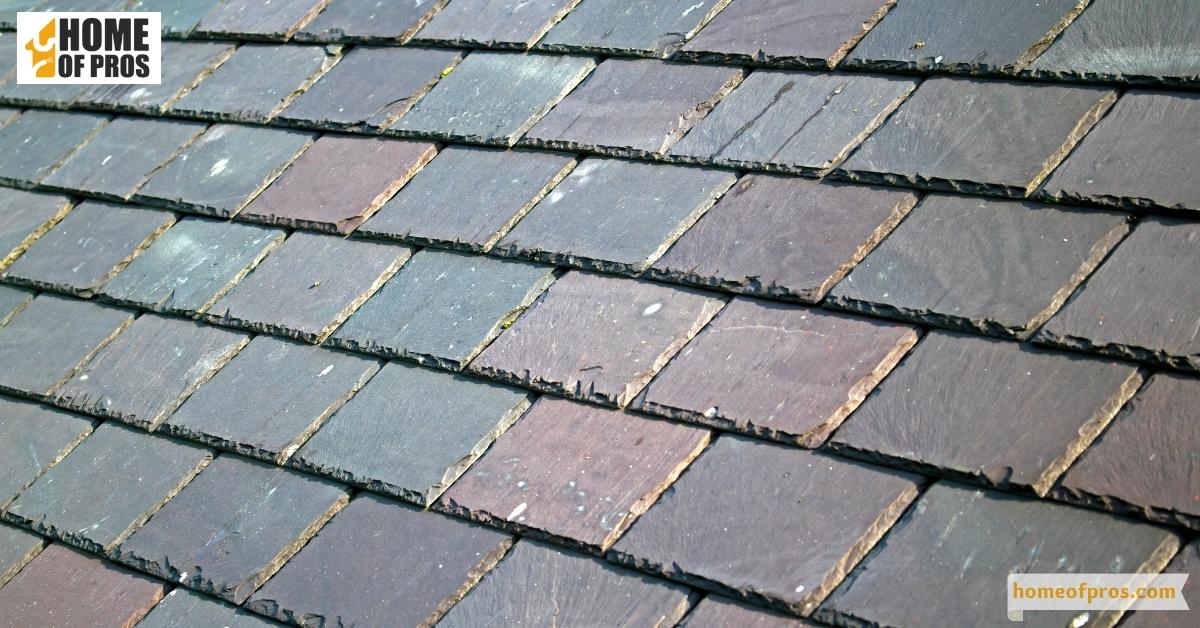
Tile roofing
Tile roofing is a popular choice for homeowners seeking durability and a timeless look. Made from a variety of materials such as clay, concrete, and slate, tile roofs are able to withstand harsh weather conditions and have a longer lifespan compared to traditional wood or asphalt shingle roofs.
Not only is tile roofing beneficial for its durability, but it also adds an attractive element to any home. With a wide range of color and style options, homeowners can choose a tile roof that complements their unique aesthetic. Ultimately, tile roofing is a wise investment for homeowners seeking a long-lasting and visually appealing roofing solution.
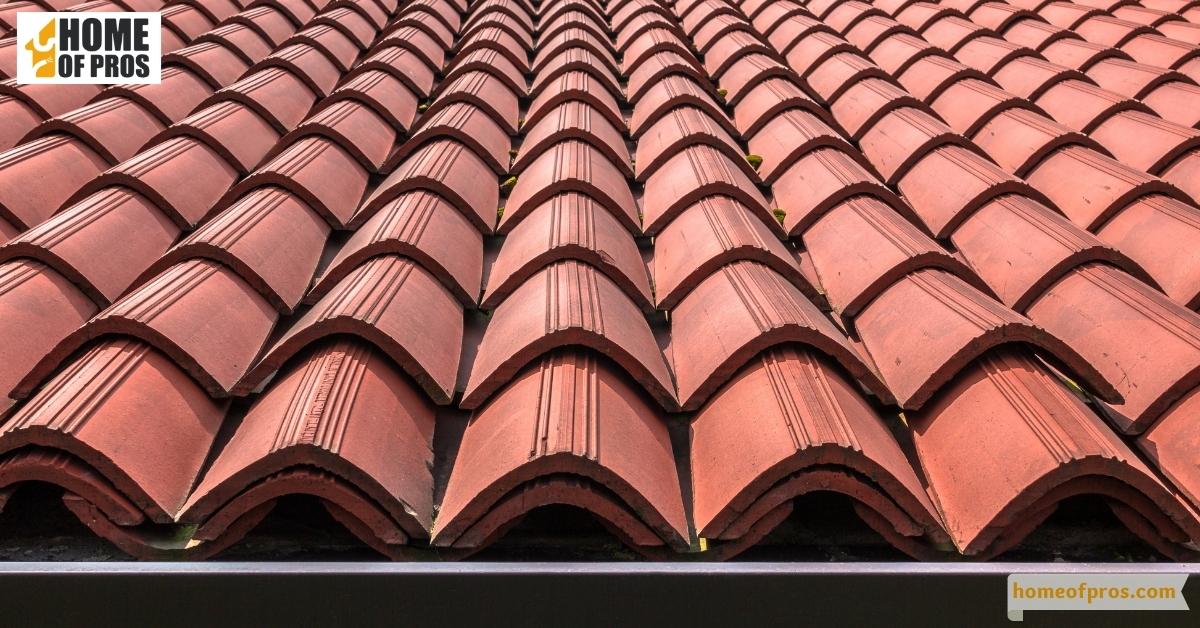
Wood shingles
If you’re in the market for a new roof, you may want to consider wood shingles as a potential option. Wood shingles have been used for centuries, and offer a timeless look that many homeowners find attractive.
In addition, they’re relatively lightweight, which can make them a good option if you’re concerned about the structural integrity of your home. However, it’s important to note that wood shingles require regular maintenance to prevent rot and other types of damage. Additionally, they’re not the most fire-resistant option, so you’ll want to check your local building codes to make sure they’re allowed in your area.
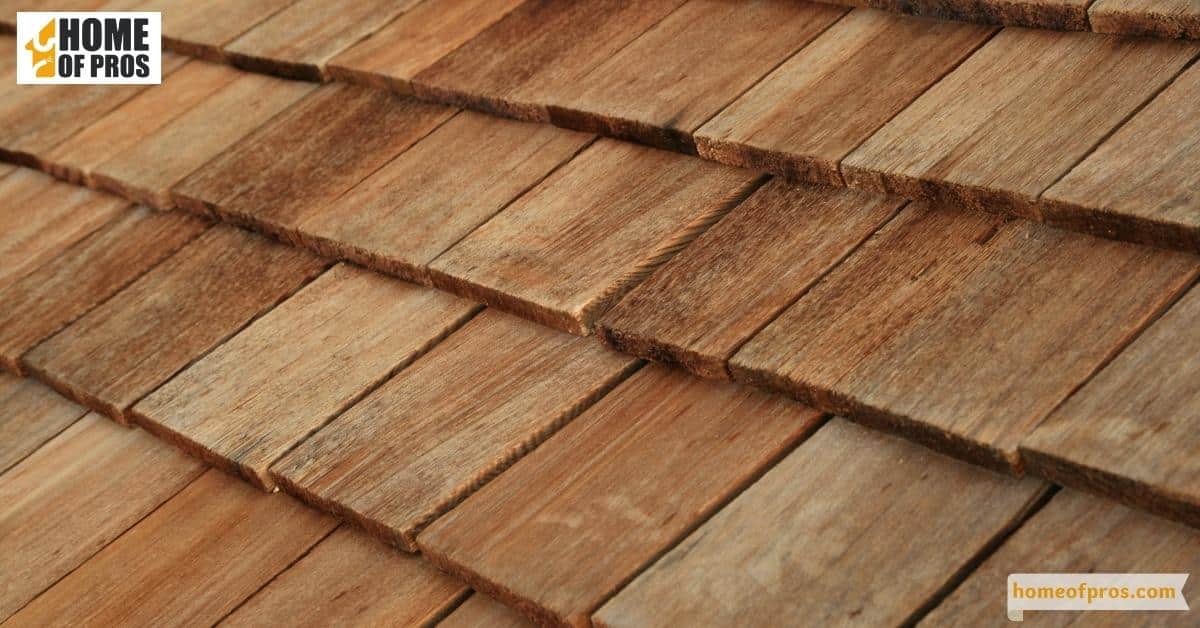
Concrete tiles
When it comes to roofing materials, concrete tiles offer a myriad of benefits. Not only do they have exceptional durability, but they are also fire-resistant, energy efficient, and require minimal maintenance. In terms of style and design, concrete tiles come in a variety of shapes, sizes, and colors, making them a versatile option for any type of home or building.
Additionally, concrete tiles are known for their longevity, lasting up to 50 years or more with proper installation and care. While the initial cost of installation may be higher than other roofing materials, the long-term benefits and savings make concrete tiles a wise investment for any homeowner or business owner.

Green roofs
Green roofs have become a popular option in recent years, especially as an eco-friendly alternative to traditional roofing materials. Rather than being made of asphalt, metal, or other materials, a green roof is covered in vegetation, providing numerous environmental benefits.
Not only do they filter pollutants out of the air and water, but green roofs also help to regulate temperature, reduce energy consumption, and even provide additional green space. While implementing a green roof may require additional design and structural considerations, the long-term benefits make it an attractive option for those seeking sustainable roofing materials.
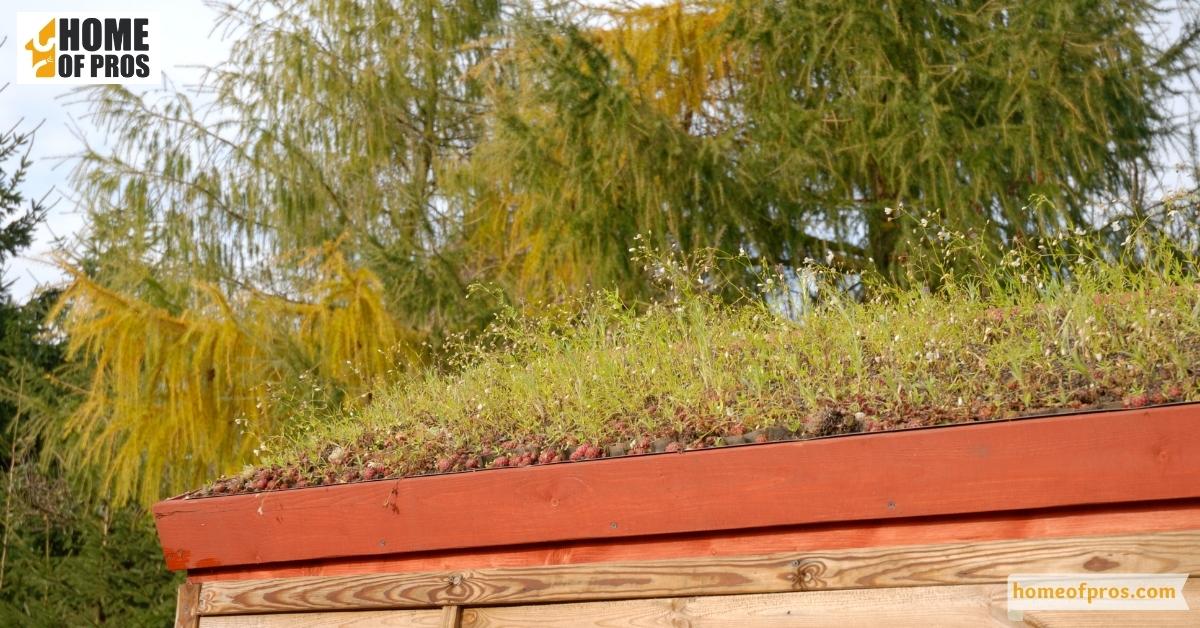
Factors to Consider When Choosing a Roofing Material
Choosing the right roofing material can be a daunting task, as it plays a crucial role in protecting your home or building from the elements. With so many options available in the market, it’s important to consider various factors before making a decision. In this section, we will discuss the top factors to consider when choosing a roofing material.
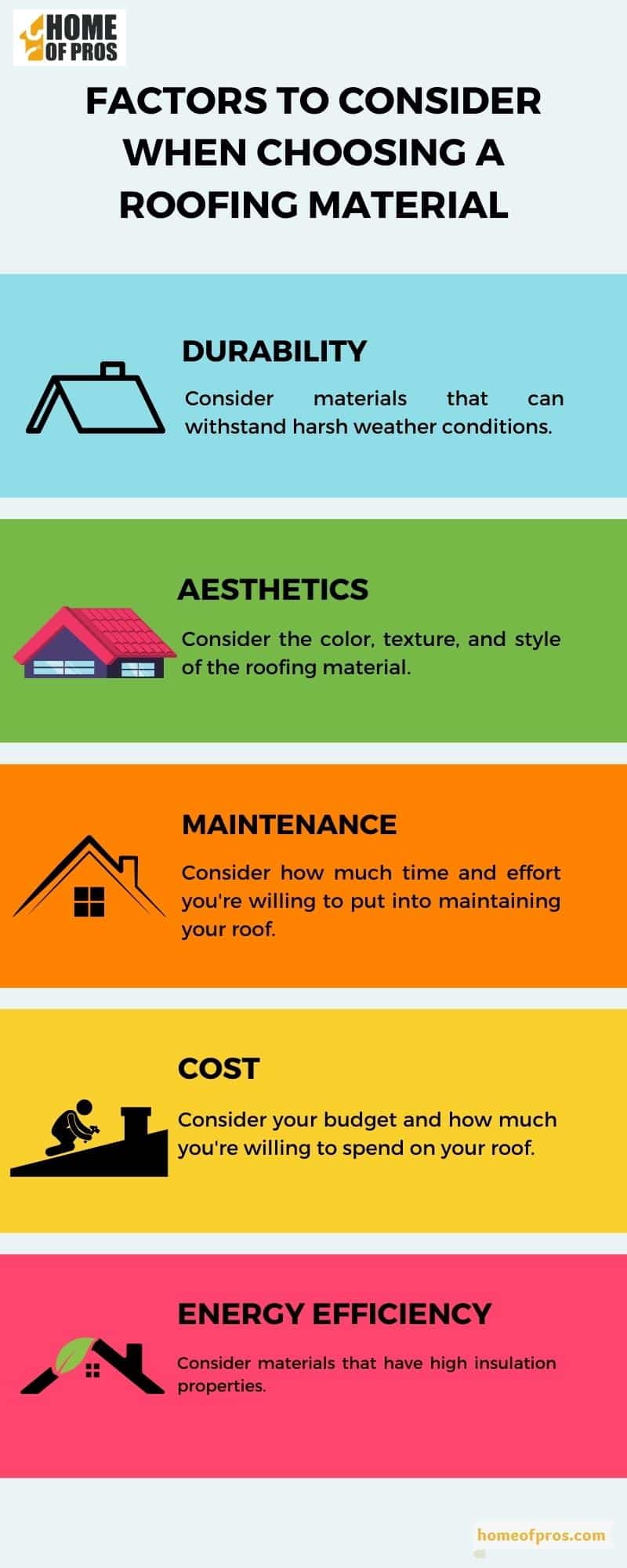
- Durability: The durability of your roofing material is essential in ensuring that you get value for your money. Consider materials that can withstand harsh weather conditions, such as strong winds, rain, and hail. Materials like metal, tile, and slate are known for their durability and long-lasting nature.
- Aesthetics: The appearance of your roof is equally important as it can significantly impact the overall look of your home or building. Consider the color, texture, and style of the roofing material and how it complements the rest of your property. Some materials, like asphalt shingles, come in a wide range of colors and styles, making it easy to find the perfect match.
- Maintenance: Some roofing materials require more maintenance than others. Consider how much time and effort you’re willing to put into maintaining your roof. Materials like wood shingles and shakes require regular maintenance, while materials like metal and concrete tiles are relatively low maintenance.
- Cost: The cost of your roofing material is also an essential factor to consider. Materials like metal and tile tend to be more expensive than asphalt shingles, but they also have a longer lifespan. Consider your budget and how much you’re willing to spend on your roof.
- Energy Efficiency: Energy-efficient roofing materials can help you save on heating and cooling costs in the long run. Consider materials that have high insulation properties, such as metal roofs or clay tiles. These materials can help regulate the temperature inside your home and reduce energy consumption.
In Conclusion
Choosing the right roofing material requires careful consideration of various factors. By considering these factors, you can make an informed decision that will ensure your home or building is protected and looks great for years to come.












